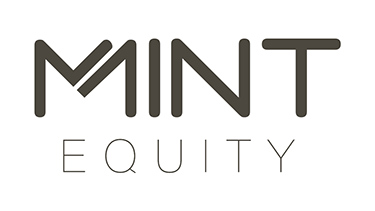A mortgage offset account is a transactional account that is linked to your home loan account. What happens in the offset account directly affects your home loan account. Think of the offset account as a little sidekick that helps you reduce the amount of interest you pay on your home loan.
Here’s how it works.
If your home loan is $500,000 and you have $50,000 cash in your offset account, the lender will only charge you interest on $450,000.
The best thing about an offset account, is if you need the cash that is in it, you can access it easily, like you would a normal transactional account.
You save interest on your mortgage repayments because the lender will only calculate your mortgage repayments based on the net balance of your home loan, taking into account the offset amount not the total loan amount.
The benefit of an offset account is best demonstrated using an interest-only situation.
How much can I save with a mortgage offset account?
What happens if I don’t have an offset account
If you don’t have an offset account linked to your home loan or if your loan facility doesn’t allow one, any additional cash you have is held separately doesn’t affect your mortgage repayments.
Infographic: What is a home loan offset account?
Is a redraw facility the same as an offset account?
No, a redraw facility is different to an offset account. Redraw is only available if you have made additional repayments to your home loan, generally with a variable rate loan. You can only “redraw” the extra that you have already paid. The additional payments are held within the loan account for the interest benefit and is a secondary method to the offset
For example, if your mortgage repayments are $2,000 per month, but you choose to pay $3,000 per month, you will accrue $1,000 per month to redraw should you ever need to. Redraw has the exact same effect as an offset account, however you have greater visibility with an offset account as it is a completely separate account and you can see the balance easily.
Offset accounts for a rainy day
One of the benefits of having an offset account is the ability to contribute income to your home loan and reduce your mortgage repayments, but also having the flexibility to call on that money when you need it. Some borrowers see offset accounts as their safety net and enables them to have a line of credit to their own mortgage. That means that when they spend the money they’ve already put in, their loan balance goes up and they will start to pay interest on it.
Downsides to offset accounts
Offset accounts are particularly beneficial to people who have changing levels of income like with the self-employed, commissions, overtime, bonuses or an inheritance where the extra money can be put towards reducing your mortgage costs.
However, most offset accounts are based on a variable interest rate and repayments fluctuate, so those who are more comfortable with a fixed interest rate, an offset account is unlikely to be available.
Some lenders also have restrictions on the amount you can offset, these are called ‘partial offsets’ and are generally on fixed rate home loans, so it’s wise to speak with a mortgage broker like Mint Equity to discuss your requirements and options.
Pay your loan off sooner
Making large deposits into an offset account doesn’t always have to be the way to utilise the facility. You may choose to pay an extra $100 onto your mortgage repayment each month to reduce the loan amount and loan term.
Making regular payments when you can afford to is a great way to get ahead and pay off your loan soon.


